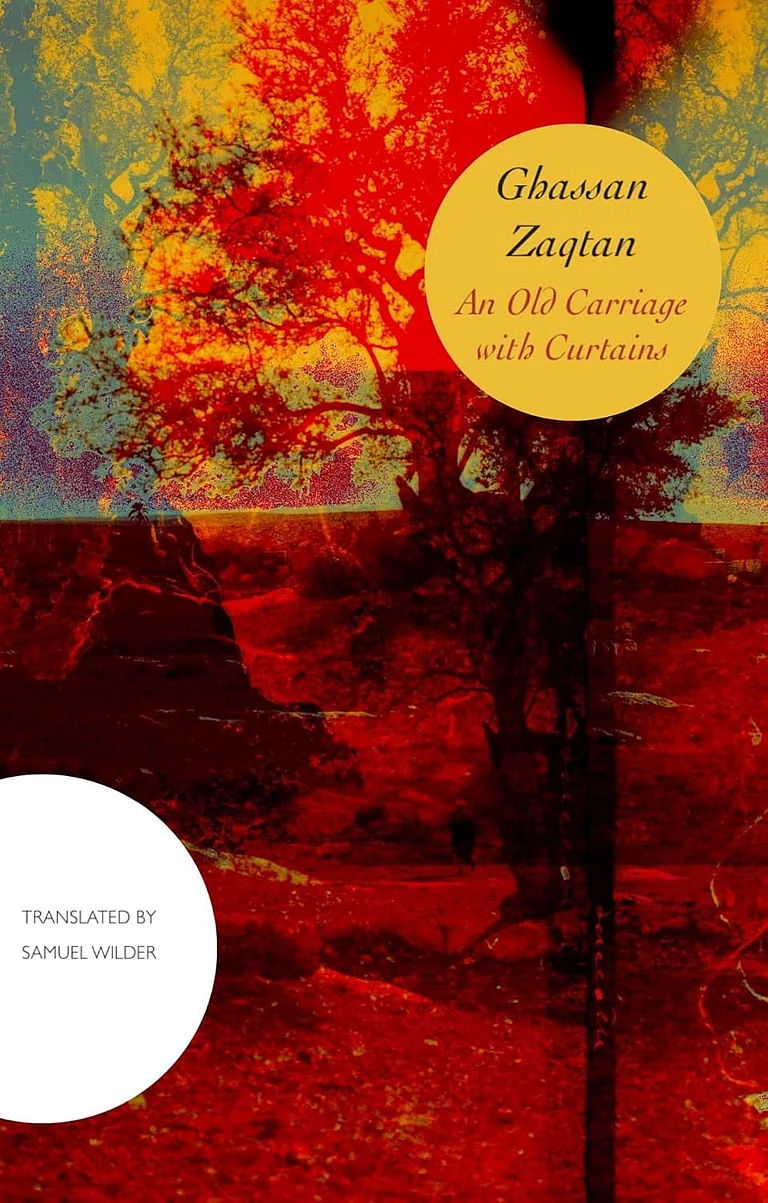A Temple that Survived
Mozambique, located on the Eastern coast of Africa, was governed by the Portuguese as their colony from Goa till 1752. About 80 km from Maputo, the capital, lies the settlement of Salamanga that hosts one of the oldest temples in Southern Africa. Travelling on the road from Maputo to Ponta de Ouro, the temple comes into view as soon as one crosses the bridge over the Maputo River. The road and the bridge are less than five years old and till 2018, the area was approachable only by a mud track and then ferrying across the river. The temple thus came up in the middle of nowhere and should have been lost in the mists of time. However it survived and thrived and grew into a complex that now boasts of three temples devoted to Bhagwan Rama, Bhagwan Shiva and Saint Kalidas, which are greatly revered by the local people, even though there is no longer any Hindu community in the area.
A Fraught History
Mozambique, like other countries of East Africa, has had a historic Hindu trading community that arrived some 500 years before the arrival of Vasco Da Gama, powered by geography and monsoon winds. Vasco Da Gama, who is credited with discovering the first naval route to India, was guided by a Gujarati sailor after he rounded the Cape of Good Hope. Under able guidance, his fleet took only 23 days to cross the Indian Ocean and reach Calicut from Malindi in Kenya. His fleet had carried padrões (stone pillars) to be erected as marks of discovery in various places. Malindi hosts one such pillar. However, the return journey from India, made against adverse monsoon winds, took 132 days, and he ended up in Somalia having lost half his men. Eager to get to the familiar waters of the Atlantic, he rushed down the African coast, but stopped in Mozambique where he wanted to set up another landmark pillar. Sadly, it was the time of the year when the Eastern coast of Africa is lashed by heavy rains: his crew could not light a fire for melting the lead to fix the pillar and, therefore, Mozambique remained without a padrõe.
Slicing up the World
The Portuguese did not accidently sail east to ‘discover’ India. It was under the Treaty of Tordesillas, signed in June 1494 between Spain and Portugal, that had divided the world into two parts. The treaty had agreed on the longitude meridian passing “370 leagues west of Cape Verde Islands” as the dividing line. The world to the West went to Spain and the world to the East went to Portugal that included Africa and the Indian Ocean. As a result, today, all Latin American nations are predominantly Spanish-speaking with the sole exception of Brazil because the eastern tip of Brazil falls east of the line of demarcation. Portugal ended up with colonies to the east of the line.
When Temples have Tales
The story of the Salamanga temple, however, starts during the period of the Portuguese colonial rule, with the arrival of Saint Kalidas to Salamanga around 1904, where some Hindu trading families lived. A small cave close to a peepal tree, not far from River Maputo, became the spot where he stayed and meditated for over 10 years. During his stay, he is said to have performed several miracles, including making the water of a lagoon drinkable. Dwelling there, he oversaw the construction of the Rama temple opposite his cave in 1908, which he said was the purpose of his coming there. He stayed in Salamanga till 1914 and then just as mysteriously as he had arrived, he walked away, never to return again. In his memory, his disciples and the local community converted his cave into a temple. In 1934, a Shiva temple was added to the complex completing the trinity of temples.
The temple complex stayed hidden from the rest of the world, known only to a few local people who visited it on festivals and other holy days. Despite the road connectivity now, the terrain around the temple remains difficult. Crocodiles and hippos inhabit the waters of the Maputo River, and wild elephants roam the snake-infested wilderness around the area. However, in recent times, due to its new found accessibility, the temple complex has seen several high profile visitors from India including Defence Minister Rajnath Singh and External Affairs Minister S Jaishankar. The 115-year-old temple complex is fast gaining importance as a holy place to visit and for visitors to ponder over the mysteries of the tales that its spires and stones have to tell.
(Views expressed are personal)
MORE FROM THIS ISSUE
Puneet Kundal is an ifs officer working as Joint Secretary in the Ministry of External Affairs
































